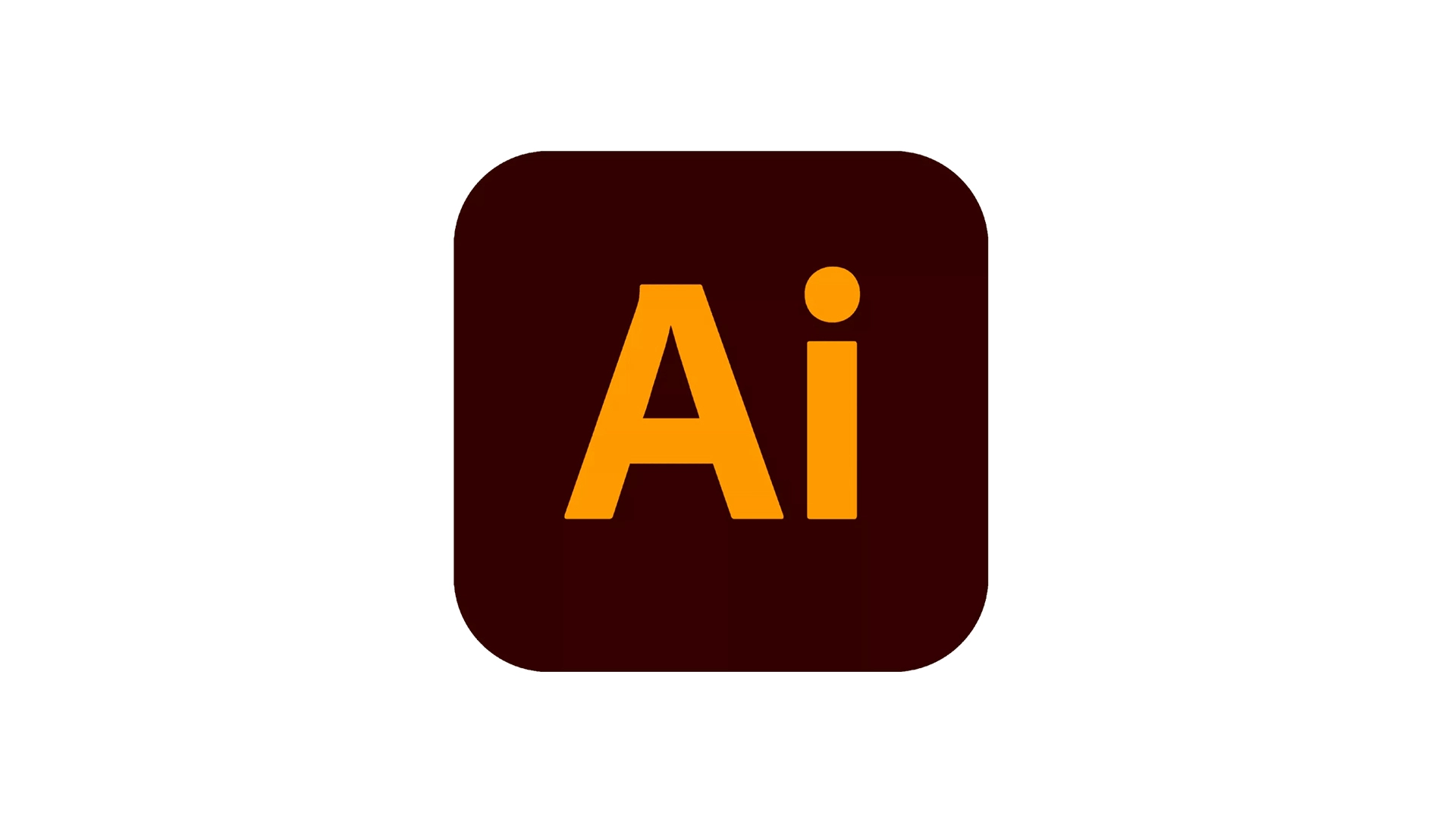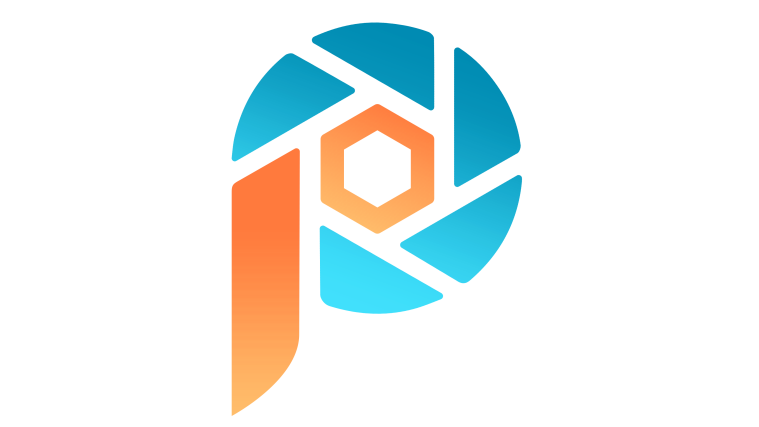
Graphic design software is a tool used by graphic designers, illustrators, and digital artists to create and edit visual content such as posters, flyers, logos, and more. There are many different options available, each with its own set of features and capabilities.
#1. Adobe Photoshop
Adobe Photoshop is a professional image editing software that allows you to create, edit and manipulate digital images. It is widely used by photographers, designers, graphic artists, and other professionals to enhance and modify images. Some of its key features include:
- Layer-based editing: Allows users to work on different parts of an image separately, making it easy to make changes and adjustments without affecting the rest of the image.
- Selection tools: A variety of tools for selecting specific areas of an image, including the Magic Wand tool, the Lasso tool, and the Marquee tool.
- Retouching and Healing tools: Tools for removing blemishes, smoothing skin, and fixing other imperfections in images.
- Painting and drawing tools: A wide variety of brushes, pencils, and other tools for creating digital artwork.
- Filters and effects: A wide range of filters and effects for adding special effects to images, including blurs, distortions, and color adjustments.
- Text and shape tools: Tools for adding text and shapes to images, including text wrapping and layer styles.
- Automation tools: Tools for automating repetitive tasks, such as batch processing and actions.
- Compatibility: Photoshop is compatible with a wide variety of file formats and can be used in conjunction with other Adobe software such as Illustrator and InDesign.
- 3D editing: Photoshop allows you to work with 3D models and images, allowing you to create, edit and adjust the lighting and texture of 3D models.
- Camera Raw: Photoshop also has a built-in camera raw image processing engine, which allows users to process raw image files from digital cameras and other sources.
- Cloud: Photoshop is available on Adobe Creative Cloud, which allows users to access the software on multiple devices and share files with others.

#2. Adobe Illustrator
Adobe Illustrator is a vector-based graphics editing software developed and published by Adobe Systems. It is primarily used for creating and editing vector graphics, such as illustrations, logos, and icons. Some of its key features include:
- Vector-based editing: allows users to create and edit graphics using mathematical equations, rather than pixels. This means that graphics created in Illustrator can be scaled to any size without losing quality.
- Shapes and Paths: this allows users to create and edit basic shapes and paths, which can be combined to create more complex graphics.
- Brushes: a variety of brushes, including calligraphic, scatter, and art brushes, that can be used to create unique effects.
- Text tools: allows users to create and edit text, including character and paragraph formatting options, and the ability to create text on a path.
- Color tools: provides a variety of color options, including CMYK, RGB, and Pantone, as well as color swatches and libraries.
- Layers: allows users to organize and edit different elements of a graphic independently, similar to Photoshop.
- Effects and Filters: a wide range of effects and filters that can be applied to graphics, including drop shadows, glows, and distortions.
- Illustrator CC: Illustrator is also available on Adobe Creative Cloud, which allows users to access the software on multiple devices and share files with others.
- Integration: Illustrator can be integrated with other Adobe software such as Photoshop and InDesign for a seamless workflow between the different programs.
- Live Trace: Illustrator has a feature called live trace which allows you to convert raster images into vector graphics, and make the necessary adjustments to them.
- Symbols and pattern: Illustrator provides the ability to create and edit symbols and patterns, which can be reused throughout your designs, saving time and keeping consistency.

#3. Adobe InDesign
Adobe InDesign is a professional desktop publishing software developed and published by Adobe Systems. It is primarily used for creating and editing multi-page documents such as books, brochures, magazines, and eBooks. Some of its key features include:
- Page layout: allows users to create and edit professional-grade layouts, including automatic page numbering, master pages, and paragraph and character styles.
- Text and typography: provide advanced text and typography tools, including the ability to create and edit text frames, thread text frames, and create columns and tables.
- Object manipulation: allows users to easily position, scale, and rotate objects, as well as apply effects such as drop shadows and transparency.
- Import and export: supports a wide variety of file formats, including PDF, EPS, TIFF, and JPEG, as well as the ability to import content from other Adobe software such as Photoshop and Illustrator.
- Interactive documents: allows users to create interactive documents, including buttons, hyperlinks, and media, such as video and audio.
- E-books: InDesign allows you to create eBooks, with features such as table of contents, hyperlinks, and multimedia integration.
- Automation tools: tools for automating repetitive tasks, such as data merge, and scripting.
- Adobe Creative Cloud: InDesign is available on Adobe Creative Cloud, which allows users to access the software on multiple devices and share files with others.
- Collaboration: InDesign allows multiple users to work on the same document simultaneously, with the ability to track changes and leave comments.
- Preflight and Output: InDesign provides the ability to preflight your document and check for errors before sending it to print or publishing it as a digital document, with the option to output it in various formats such as PDF, HTML, and more.
- Accessibility: InDesign provides the ability to create accessible documents and export them in various formats, to ensure they are readable by people with disabilities.

#4. Adobe XD
Adobe XD (Experience Design) is a user experience design software developed and published by Adobe Systems. It is used for designing, prototyping, and testing user interfaces for websites and mobile applications. Some of its key features include:
- Design: allows users to create wireframes, design layouts, and define interactions for websites and mobile applications.
- Prototyping: enables users to create interactive prototypes that simulate the flow of a website or application, including tap, swipe, and scroll actions.
- UI Kits: this comes with a set of pre-designed user interface elements, such as buttons, forms, and navigation menus, which can be easily customized to match the look and feel of a particular project.
- Repeat Grid: This allows you to create multiple copies of an object with one click and make changes to all copies at once.
- Auto-Animate: allows users to create animations between artboards, simulating the flow of a website or application.
- Voice prototyping: XD allows you to add voice interactions to your prototypes, which can be tested on a device or a browser with a microphone.
- Plugins: allows users to extend the functionality of XD by using plugins, which are created by Adobe and third-party developers.
- Adobe Creative Cloud: XD is available on Adobe Creative Cloud, which allows users to access the software on multiple devices and share files with others.
- Collaboration: XD allows multiple users to work on the same design, with the ability to leave comments, provide feedback, and review designs in real time.
- Share and Present: XD allows you to share your designs, and prototypes and gather feedback from stakeholders, clients, or users with just a link, and also allows you to present the designs in full screen with hotspots and animations.
- Integration: XD can be integrated with other Adobe software such as Photoshop, Illustrator, and InDesign for a seamless workflow between the different programs.

#5. Canva
Canva is a graphic design and publishing platform that allows users to create visual content such as posters, flyers, social media graphics, and more. It is aimed at both professional designers and non-designers, providing a simple and intuitive interface. Some of its key features include:
- Templates: Canva offers a wide variety of pre-designed templates for various types of projects, such as social media posts, posters, and business cards.
- Drag-and-drop interface: Canva’s interface is designed to be easy to use, with a drag-and-drop interface for adding and editing elements such as text, images, and shapes.
- Customizable design elements: Canva offers a wide variety of design elements such as icons, illustrations, and photo filters, which can be easily customized to match the look and feel of a particular project.
- Text tools: Canva offers a wide range of text tools, including a variety of fonts, text styles, and the ability to create text on a path.
- Collaboration: Canva allows multiple users to work on the same design, with the ability to leave comments, provide feedback, and review designs in real time.
- Stock images and videos: Canva offers a wide variety of stock images and videos, which can be easily added to a design with a simple search function.
- Presentation tools: Canva also allows you to create and edit presentations, with the ability to add animations, and transitions.
- Social media integration: Canva allows you to directly post your designs to social media platforms such as Facebook, Instagram, and Twitter.
- Canva for enterprise: Canva is also available for enterprise companies, which allows the company to have a centralized design system, and control over the brand guidelines, and access to advanced collaboration features.
- Mobile app: Canva is also available as a mobile app, which allows users to create and edit designs on the go.

#6. CorelDraw Graphics Suite
CorelDraw Graphics Suite is a powerful vector graphics editing software developed and published by Corel Corporation. It is used by graphic designers, illustrators, and digital artists for creating and editing vector illustrations, logos, and other types of graphics. Some of its key features include:
- Vector-based graphics editing: Allows users to create and edit vector graphics, which can be scaled and modified without losing quality.
- Advanced typography: CorelDraw provides advanced typography tools, including the ability to create text on a path, kerning and tracking, and support for OpenType fonts.
- Photo editing: CorelDraw includes a photo editing tool called Corel Photo-Paint, which allows you to edit, retouch and enhance digital photos.
- Illustration tools: CorelDraw provides a variety of illustration tools, including the ability to create and edit shapes, symbols, and brushes.
- Special effects: CorelDraw provides a wide range of special effects, including drop shadows, glows, and distortions.
- Digital art tools: CorelDraw also includes tools for creating digital art, such as the ability to create and edit fractals, and the ability to create and edit 3D models.
- CorelDRAW.app: CorelDraw is also available as a web-based application, called CorelDRAW.app, which allows you to create and edit designs from any web browser.
- Integration: CorelDraw can be integrated with other Corel software such as Corel Painter and Corel Video Studio for a seamless workflow.
- File compatibility: CorelDraw is compatible with a wide variety of file formats including Adobe Illustrator, Photoshop, and InDesign.
- Templates and clipart: CorelDraw comes with a wide variety of templates and clipart, which can be used to quickly create professional-looking designs.
- Corel PowerTRACE: CorelDraw includes an AI-based bitmap-to-vector tracing tool called Corel PowerTRACE, which allows you to convert raster images into vector graphics.

#7. Corel PaintShop Pro
Corel PaintShop Pro is a raster graphics editing software developed and published by Corel Corporation. It is aimed at both professional photographers and amateur photo enthusiasts, providing a wide range of tools for editing, retouching, and enhancing digital images. Some of its key features include:
- Photo editing: Corel PaintShop Pro provides a wide range of tools for editing and retouching digital images, including cropping, resizing, and color correction.
- RAW editing: PaintShop Pro has a built-in camera RAW image processing engine, which allows users to process raw image files from digital cameras and other sources.
- Layer-based editing: allows users to work on different parts of an image separately, making it easy to make changes and adjustments without affecting the rest of the image.
- Selection tools: a variety of tools for selecting specific areas of an image, including the Magic Wand tool, the Lasso tool, and the Marquee tool.
- Retouching and Healing tools: tools for removing blemishes, smoothing skin, and fixing other imperfections in images.
- Painting and drawing tools: a wide variety of brushes, pencils, and other tools for creating digital artwork.
- Filters and effects: a wide range of filters and effects for adding special effects to images, including blurs, distortions, and color adjustments.
- Text and shape tools: tools for adding text and shapes to images, including text wrapping and layer styles.
- Automation tools: tools for automating repetitive tasks, such as batch processing and actions.
- Compatibility: PaintShop Pro is compatible with a wide variety of file formats including JPEG, TIFF, and PNG.
- AI-based features: PaintShop Pro also includes AI-based features such as Corel AI portrait, Corel AI denoise, and Corel AI skin smoothing, which allows you to enhance your photos with minimal effort.
- Learning resources: PaintShop Pro provides a wide range of learning resources, such as tutorials and video guides, to help users get the most out of the software.

#8. Sketch
Sketch is a vector graphics editor and digital design tool, primarily used for designing user interfaces, websites, and mobile applications. It is aimed at professional designers and developers and is available for macOS only. Some of its key features include Vector-based editing, Which allows users to create and edit vector graphics, which can be scaled and modified without losing quality.
- Symbol library: allows users to create and store symbols, which can be reused throughout the design, saving time and keeping consistency.
- Text editing: Sketch provides advanced text editing tools, including the ability to create text styles and text on a path.
- Layer styles: Sketch allows you to add layer styles such as shadows, borders, and fills, and easily copy and paste them across layers.
- Artboard: Sketch has a feature called Artboard, which allows you to create multiple pages or screens in one document, and easily switch between them.
- Plugins: Sketch allows users to extend the functionality of the software by using plugins, which are created by third-party developers.
- Exportation: Sketch allows you to export designs in various formats, including PNG, JPG, PDF, and SVG.
- Collaboration: Sketch allows multiple users to work on the same design, with the ability to leave comments, provide feedback, and review designs in real time.
- Inspect: Sketch has a feature called Inspect which allows you to view and export design specs, such as layer styles, typography, and layout, which can be shared with developers.
- Mobile app: Sketch also has a companion mobile app, called Sketch Mirror, which allows you to preview designs on iOS devices in real time.
- Sketch Cloud: Sketch also allows you to share your designs, receive feedback, and collaborate with others via Sketch Cloud, which is a cloud-based platform for sharing and collaborating on Sketch files.

#9. Serif Affinity Designer
Serif Affinity Designer is a vector graphics editing software developed by Serif, it is a competitor of Adobe Illustrator and CorelDraw. It is used for creating and editing vector illustrations, logos, and other types of graphics. Some of its key features include:
- Vector-based editing: allows users to create and edit vector graphics, which can be scaled and modified without losing quality.
- Pen and node tools: provides advanced pen and node tools, including the ability to create and edit vector shapes and paths, and the ability to create and edit vector text.
- Live effects: allows users to apply live effects such as shadows, glows, and distortions to vector shapes, text, and images.
- Raster and bitmap editing: Affinity Designer also provides raster and bitmap editing capabilities, it allows you to work with pixel-based images, and also includes tools such as clone, heal, and inpainting.
- Color management: Affinity Designer provides advanced color management tools, including support for RGB, CMYK, LAB, and LCH color spaces.
- Grid and guides: Affinity Designer allows you to work with grids and guides, which makes it easy to create precise layouts and align elements.
- Mac and Windows: Affinity Designer is available for both Mac and Windows platforms, allowing you to work with your preferred operating system.
- Performance: Affinity Designer is optimized for performance and stability, with support for large documents, and the ability to handle large numbers of objects and layers.
- Compatibility: Affinity Designer can import and export a wide variety of file formats, including Adobe Illustrator, Photoshop, and InDesign.
The best graphic design software for you will depend on your specific needs and skill level. Adobe Photoshop, Illustrator, and InDesign, CorelDraw, Affinity Designer, Sketch, and Canva are all highly reputable options that provide a wide range of features and capabilities. It’s important to research and tests different software options to find the one that best meets your needs.
Leave a Reply